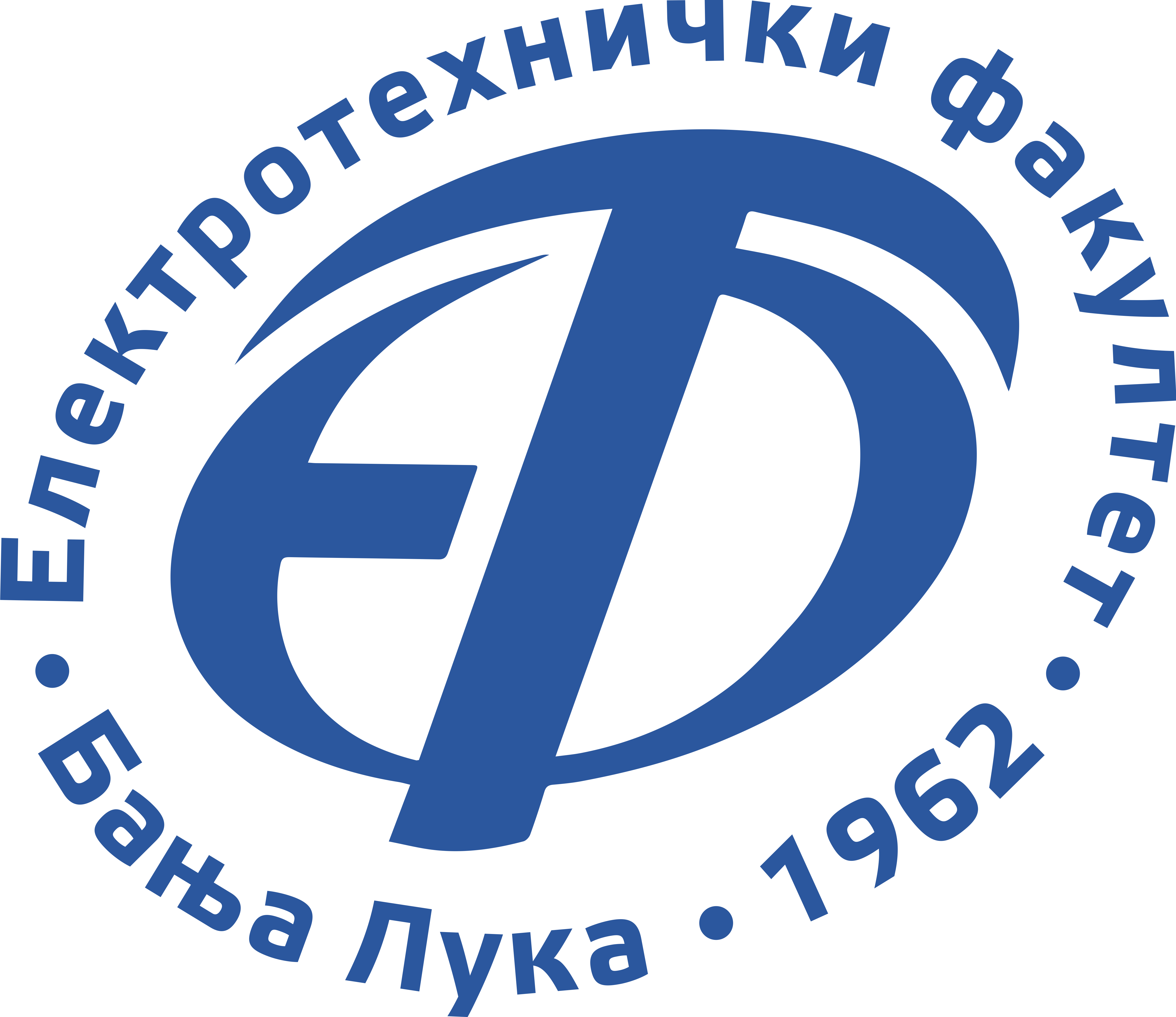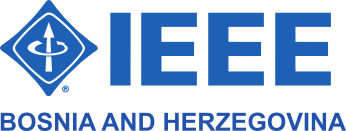Hearables: Enabling Technologies for Lifelong Learning in E-Health
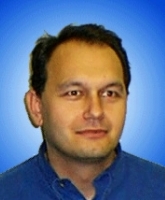
Prof. Dr Danilo P. Mandić
Imperial College London
London, United Kingdom
d.mandic@imperial.ac.uk
Homepage
Biography
Fellow of the IEEE, member of the Board of Governors of International Neural Networks Society (INNS), member of the Big Data Chapter within INNS and member of the IEEE SPS Technical Committee on Signal Processing Theory and Methods. He has received five best paper awards in Brain Computer Interface, runs the Smart Environments Lab at Imperial College, and has about 500 publications in international journals and conferences. He has authored two research monographs on neural networks, Recurrent Neural Networks for Prediction (Wiley, 2001) and Complex Valued Nonlinear Adaptive Filters: Nonlinearity, Widely Linear and Neural Models (Wiley, 2009). He has also co-authored a two volume monograph Tensor Networks for Dimensionality Reduction and Large Scale Optimisation (Now Publishers, 2016, 2017). Prof. Mandić has given a number of keynote speaches and tutorials at foremost international conferences (IJCNN, ICASSP), and has received the President Award for Excellence in Postgraduate Supervision at Imperial. In terms of the applications of his work, he is a pioneer of Hearables, a radically new in-the-ear-canal system for the recording of the Electroencephalogram (EEG) and vital signs. This work appeared in IEEE Spectrum, MIT Technology Review and has won several awards.
Abstract. Future health systems require the means to assess and track the neural and physiological function of a user over long periods of time, and in the community. Hearables is a recent concept which makes use of the constant position of the ear relative to the brain and vital organs, to investigate the possibility of recording the Electroencephalogram (EEG), Electrocardiogram (ECG), respiration, temperature, pulse, and activity from the ear canal. We focus on our own pioneering and patented works on Ear-EEG, Ear-ECG, and multimodal electro-mechanical collocated sensing, to provide robust measurement of both neural activity and vital signs in most daily activities in the wild. This framework opens up the avenues for a subsequent use of a number of machine learning paradigms, from lifelong learning to Big Data, in some most pressing problems we are facing such as the care for the elderly, management of chronic diseases out of the clinic, and dealing with hearing deficits and head trauma. A brief outline of some candidate machine learning technologies in this context is provided, including the Big Data paradigms, the role of tensor decompositions, and the way to learn the "transfer function", between human brain responses and motor actions in a tensor decomposition framework.
On Certain Challenges of Cyberspace Systems Based on Blockchain Technology

Prof. Dr Miodrag Mihaljević
Mathematical Institute
Serbian Academy of Sciences and
Arts
Belgrade, Serbia
miodragm@mi.sanu.ac.rs
Homepage
Biography
Miodrag Mihaljević received Ph.D. (Electrical Engineering) in 1990 and he is a Research
Professor and Deputy Director of the Mathematical Institute, Serbian Academy of Sciences and Arts, Belgrade. His main research areas are cryptology and the applications for providing cyberspace security and privacy. His record of the main 100 references includes research papers in the leading international journals and conference proceedings, book chapters and granted patents, and his research results have been cited more than 2500 times in the international publications. He has participated in over ten international research projects, and since 1997, he has held long-term visiting positions at universities and research institutes in Japan, including the University of Tokyo, Sony Research Laboratories, National Institute AIST. In 2013, he received
the National Award of Serbian Academy of Sciences and Arts for ten-year achievements.
Abstract. Blockchain technology has been recently recognized as an important underlying approach for providing integrity, authenticity and privacy control in the cyberspace with a huge number of different instantiations and applications including the ones in critical infrastructures. A key component of the blockchain technology is the consensus protocol which provides correctness of the blocks. Also, all blockchain based systems require appropriate cryptographic components. Accordingly, this talk addresses some of the consensus protocols and cryptographic components which yield required level of security and are suitable for implementation within the given constraints on processing complexity and energy consumption. Certain applications of the considered consensus protocols and cryptographic techniques in the systems based on blockchain technology are briefly discussed.
Networking of Objects in Industry Using Free Software Tools
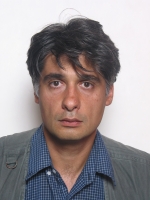
Prof. Dr Predrag V. Pejović
University of Belgrade, Belgrade, Serbia
peja@etf.rs
Homepage
Biography
Predrag V. Pejović (S’91–M’96–SM’14) was born in Belgrade, Serbia, in 1966. He received the B.S. and M.S. degrees in electrical engineering from the University of Belgrade, Belgrade, Serbia, in 1990 and 1992, respectively, and the Ph.D. degree in electrical engineering from the University of Colorado, Boulder, CO, USA, in 1995. In 1995, he rejoined the University of Belgrade, where he is currently a Professor in charge of teaching electrical measurements, software tools in electronics, analog electronics, and two courses in power electronics. His research interests include analog circuit design,
three-phase high power factor rectifiers, dynamics of nonlinear systems, electronic measurements,
automated measurement systems, wireless positioning, and techniques for computer-aided analysis,
design, and optimization of power electronic systems. Since 1996 he cooperates with Informatika A.D.
Belgrade, Serbia, in the area of industrial computer controlled systems, where presently he leads the
development department.
Abstract. Electronic data processing in industrial automation systems, which roughly started with programmable
logic controllers (PLCs) in late sixties of the previous century, expanded tremendously and nowadays
involve "local" devices, like PLCs, networking capable measurement devices, smart sensors and
similar data acquisition devices, as well as networking capable actuators. Availability of components
resulted in factory automation requiring distributed control systems (DCS) and supervisory control and
data acquisition (SCADA) systems, having data communication networking as an essential part.
Although in academic circles foreseen before, public attention to security of such systems rose after the
appearance of Stuxnet malware. Similar to general purpose computer systems, it became obvious that
to control your own factory, you need to have your control software under your control, which requires
access to source code and some competence, the task is too important to be outsourced. In this
presentation, experiences from industry in deploying of such systems are shared. Tango controls and related tools are addressed, as well as EPICS and Node-RED in an attempt to apply them in networking and control of objects in
industry. As it would be described, social and management obstacles turned out to be a bigger trouble
than the technical ones.
Detecting and Defending Against Internet Bots Using Machine Learning

Prof. Dr Natalija Vlajić
Lassonde School of Engineering
York University
Toronto, Canada
vlajic@cse.yorku.ca
Homepage
Biography
Natalija Vlajić (Ph.D. ECE, P. Eng., CISSP) is an Associate Professor at the Lassonde School of Engineering,
York University, Toronto, Canada. She obtained a B.Sc. in electrical engineering from University of Banja Luka in 1995, a M.Sc. in electrical and computer engineering from University of Manitoba in 1998, and a Ph.D. from University of Ottawa in 2003. The main areas of her research include: information and computer security, network security, user privacy and anonymity, DDoS, Internet bots and botnets, IoT security, machine learning, data mining. Prof. Vlajic has co-authored numerous peer-reviewed journal and conference articles on a range of topic pertaining to computer security and privacy. She currently serves as an Associate Technical Editor for IEEE Communication Magazine and Publicity Chair for ACM CCS 2018.
Abstract. In today’s Internet, over 50% of the overall traffic is generated by bots (not humans). Hence, the stability
and performance of most Web-sites is greatly impacted by the site’s ability to: 1) detect all visiting bots (i.e., their respective sessions), 2) separate benign from malicious bots, 3) defend against activities of malicious bots. In the first part of this talk, a general overview of different categories of Internet bots will be provided. Subsequently, the main weaknesses of the existing application-layer bot-detection solutions as proposed in the research literature and in the industry will be discussed, and a number of our research project pertaining to bot detection and analysis will be presented. For instance, in one of our capstone projects, we have developed a system capable of identifying a broad range of bot-generated applicationlayer DDoS attacks, both in static and dynamic Web domains, through the use of unsupervised machine learning. The talk will close with a discussion about the future challenges of using machine learning in the broader field of computer security.
Revolution in Automotive Industry

Ogi Redžić
Alliance senior vice president
Connected Vehicles and Mobility Services
Renault-Nissan-Mitsubishi
Paris, France
Homepage
Biography
Ogi Redžić was appointed Alliance senior vice president, Connected Vehicles and Mobility Services in January 2016.
Redzic leads a global team responsible for accelerating the deployment of connected mobility solutions across all Alliance brands at Groupe Renault, Nissan and Mitsubishi Motors. Redžić leads a team responsible for software and cloud engineering, data analytics, machine learning, and systems architecture. He is also responsible for key technology partnerships for the Alliance, including those related to mobility services. His teams lead development of robotaxi mobility for the Alliance. Redžić is based in Paris and oversees teams in Renault’s TechnoCentre in France and Nissan Technical Center in Atsugi, Japan. Before joining Renault-Nissan-Mitsubishi Ogi Redžić held several positions at Nokia, NAVTEQ and Motorola. He most recently served as Senior Vice President, Automotive at Nokia HERE, where he led the Automotive Business Group, managing a team of 600 employees on five continents. His team led HERE’s efforts in Embedded Navigation, Automotive Cloud Services, Intelligent Transportation Services, and Automated Driving HD Live Map. Redžić has a bachelor’s degree in computer science from Northeastern Illinois University, a master’s degree in computer science from the Illinois Institute of Technology, and a master’s degree in business administration from the Kellogg School of Management at Northwestern University. Redžić is also a member of the Global Agenda Council on the Future of Automotive & Personal Transportation organized by World Economic Forum. Redžić was born in 1971.
Abstract. The automotive industry is facing multiple disruptions. Market and customer profiles: increasingly young and urban, 66 % of population living in cities by 2050. Regulatory: more stringent environment > 85% of countries covered by CAFE regulation. Powertrain: Increasingly electric, driven by regulation, tech improvement and customer demand. Autonomous drive: Big benefits both for individual owners and for shared mobility. All of these disruptions are leading us to an entirely different world of mobility in the near future. You will hear about what industry leaders are doing to address these new threats and opportunities.
Toward Deterministic Industrial IoT: Challenges and Solutions

Prof. Dr Gordana Gardašević
Faculty of Electrical Engineering
University of Banja Luka
gordana.gardasevic@etf.unibl.org
Homepage
Biography
Gordana Gardašević (Ph.D. in Electrical Engineering) is Associate Professor, Head of Telecommunications Department and the Vice-Dean for Science and Research at the Faculy of Electrical Engineering, University of Banja Luka, Bosnia and Herzegovina. She received the scholarship for Doctoral Research Study at National Technical University of Athens, Greece, granted by the Greek Government (from 2006 to 2008). She was a Postdoctoral Research Fellow at University of Bologna in 2014. Prof. Gardašević published two books and one monograph, as well as more than 60 research papers. She is a reviewer of IEEE Internet of Things Journal, Transactions of Emerging Telecommunications Technologies, Journal of Network and Computer Applications, Wireless Personal Communications, and others. Prof. Gardašević has been actively involved in many national and international projects, such as WUS Austria, PHARE, COST, TEMPUS, FP6, FP7, Horizon 2020, etc. She is a B&H MC Representative for COST Action CA15104 - IRACON (Inclusive Radio Communication Networks for 5G and beyond). Key research interests of Prof. Gardašević include Internet of Things (IoT) protocols and applications, IoT for healthcare, Industrial IoT, next generation networks architectures and applications, cross-layer protocol design, wireless sensor network. She is a member of the IEEE.
Abstract. The Internet of Things (IoT) interconnection of a wide variety of devices of any size, at any distance, and providing performances similar like those in wired deterministic networks, posed a strict requirements in terms of data transmission reliability, energy efficiency, throughput, and delay bounds. The concept of deterministic wireless networking assumes precise clock synchronization and flow scheduling, optimized bandwidth usage, and advanced Quality of Service (QoS) guarantees both for data and control traffic. In order to support these requirements in industrial IoT networks and to involve broad research community in standardization activities, open-software and open-hardware prototyping and development has become of crucial interest. This presentation will provide the overview of current standardization acitivities and challenges in the field of industrial IoT. The results of experimentation and ongoing project activities will be discussed.
Automatic Detection of Respiratory Effort Related Arousals from Polysomnographic Recordings
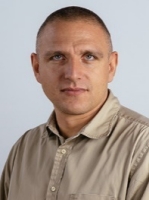
Doc. Dr Nikša Jakovljević
Faculty of Technical Sciences
University of Novi Sad, Serbia
jakovnik@uns.ac.rs
Researchgate
Biography
Nikša M. Jakovljević received B.S., M.S., and Ph.D. degrees in electrical engineering from the University of Novi Sad, Faculty of Technical Sciences, Novi Sad, Serbia in 2002, 2009 and 2014 respectively. He is currently assistant professor at Faculty of Technical Sciences. He has authored over 35 refereed publications in journals and in international conferences, and actively participates on the review process of many related journal and conference proceedings. His research interests include digital signal processing and machine learning.
Abstract. There is a strong agreement that the sleep is very important for overall health and well-being, thus many researches studies investigate sleep and sleep disorders. This year, PhysionNet and Computing in Cardiology organize a challenge to develop a system which classifies arousal events from physiological signals collected during polysomnographic sleep studies. The recorded physiological signals include: electroencephalography (EEG), electrooculography (EOG), electromyography (EMG), electrocardiology (ECG), airflow and oxygen saturation (SaO2). We will present our solution for detection of respiratory effort related arousals, which is based on long-short term memory (LSTM) model. Important part of this presentation will be an explanation of feature selection procedure, as well.









